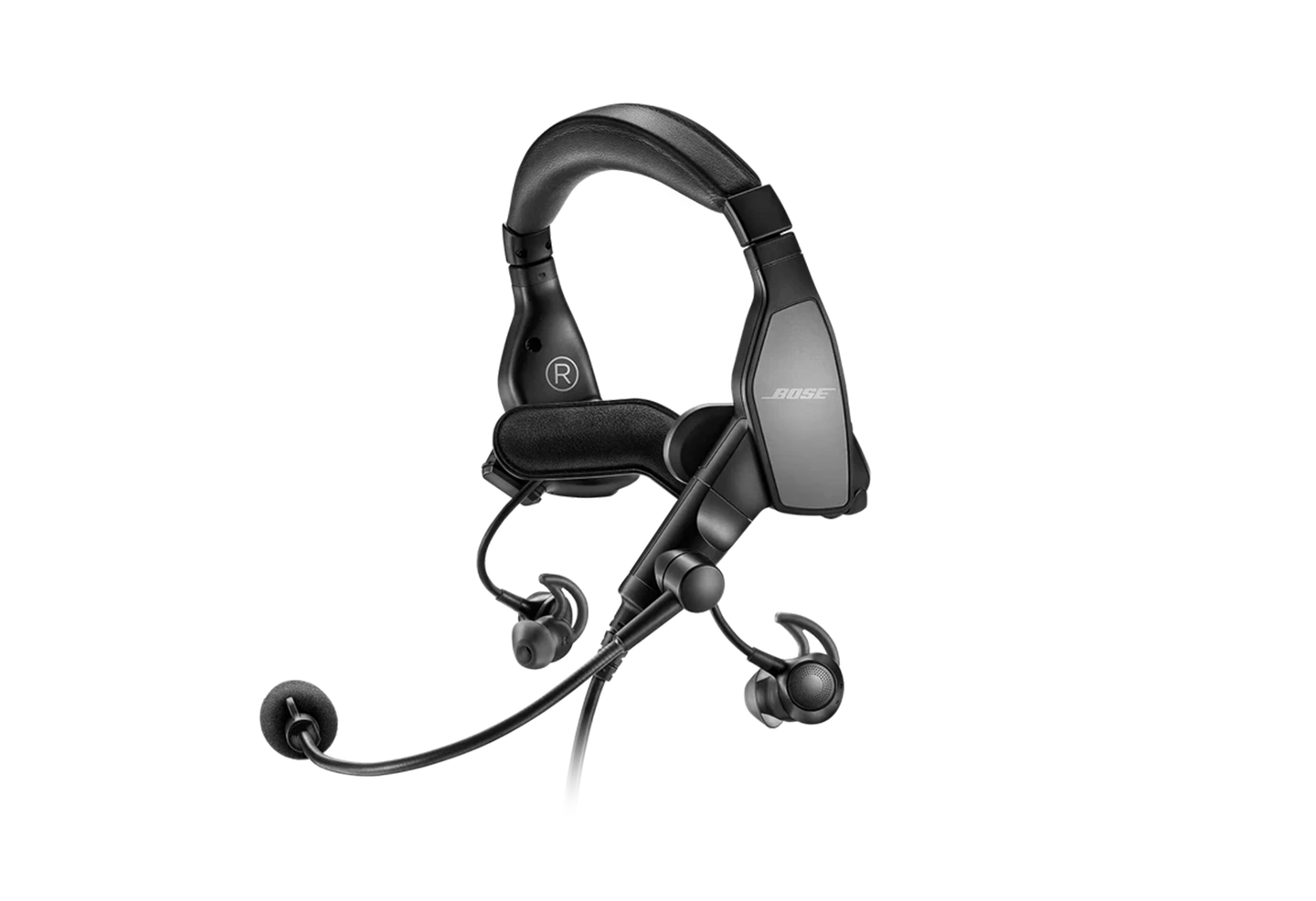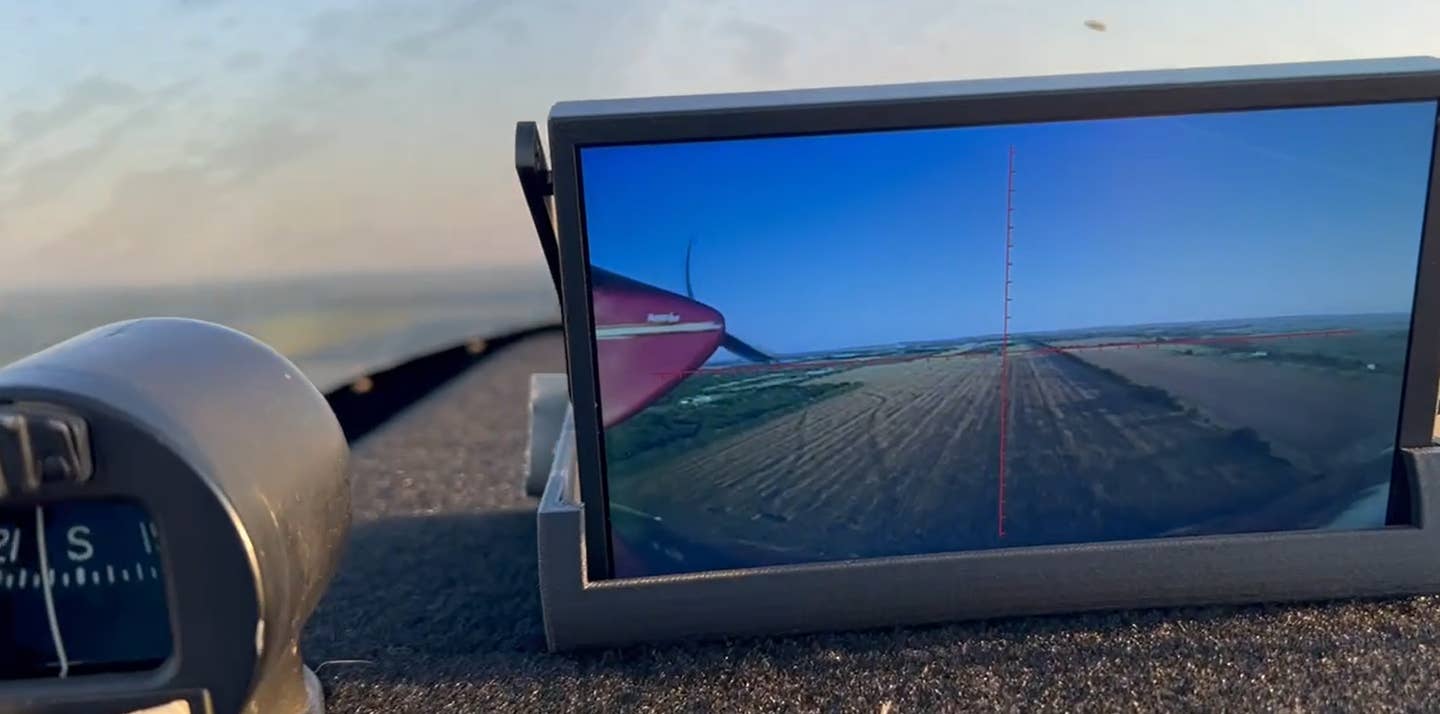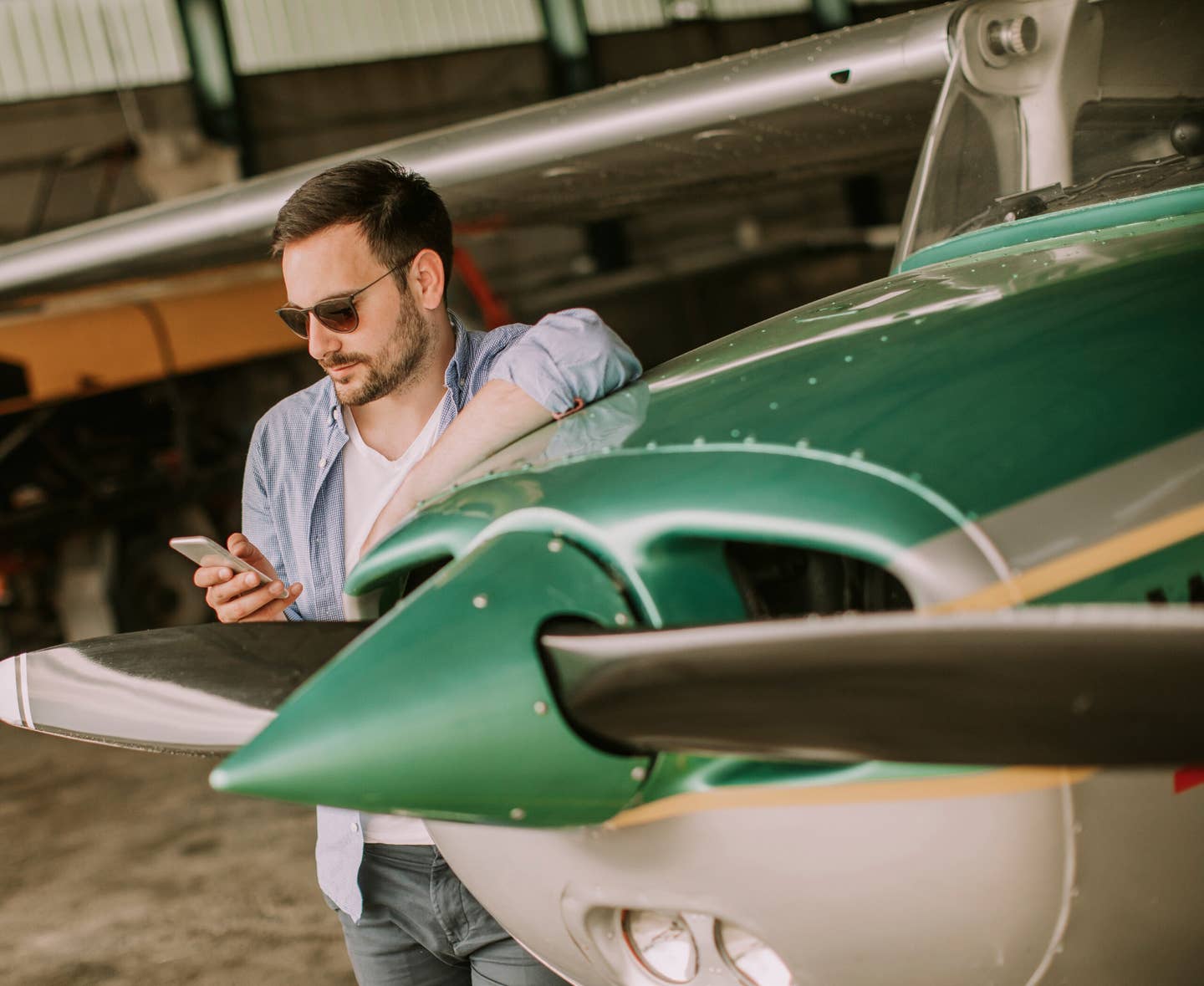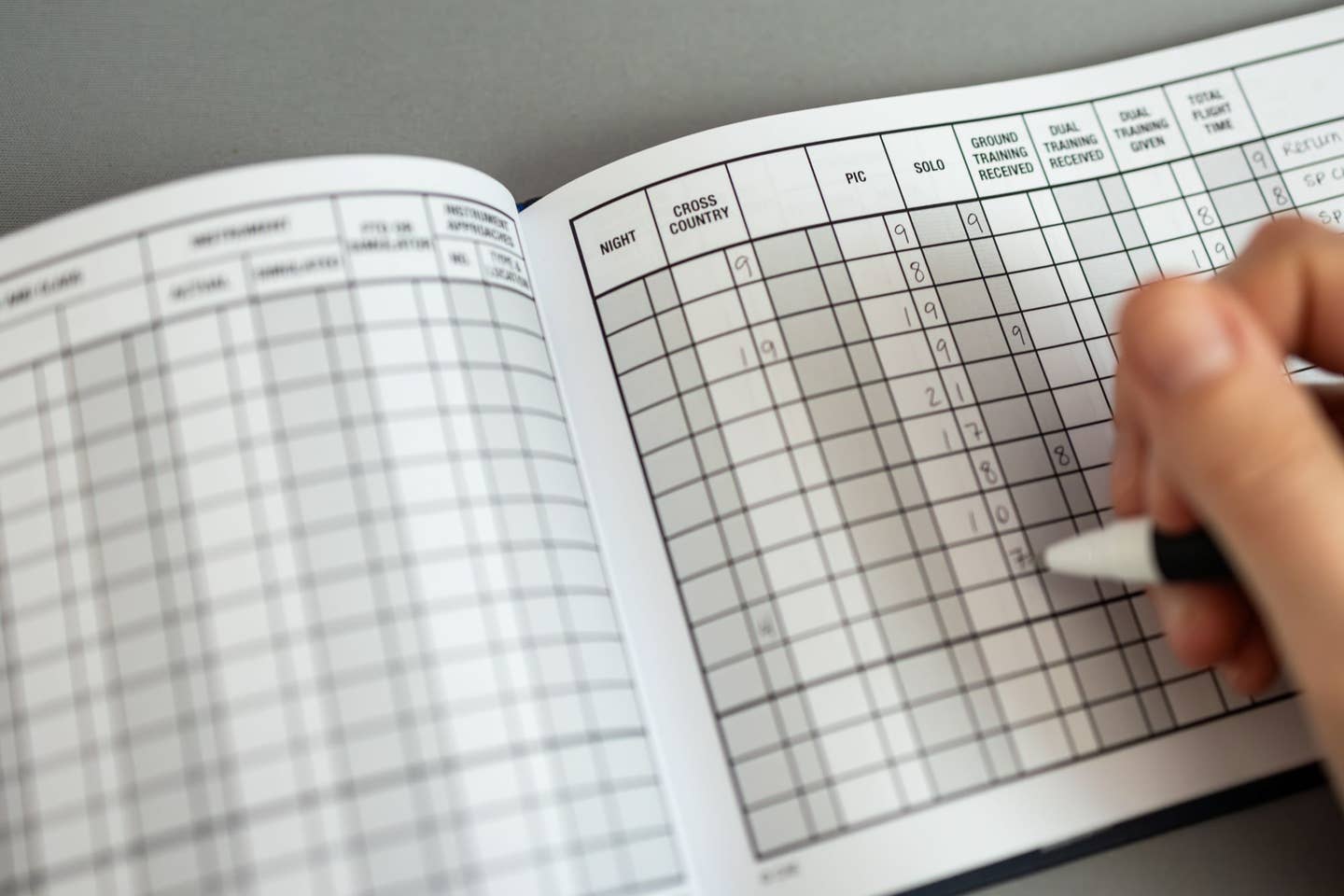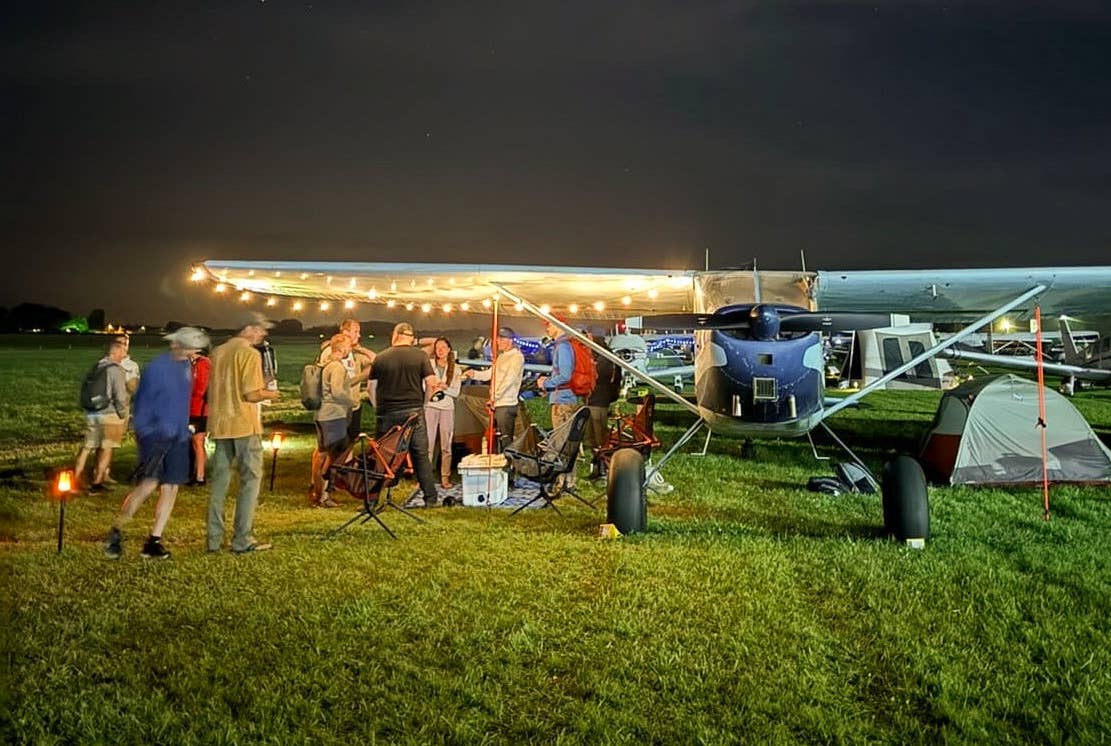Hands-Free Flashlights in the Cockpit
FLYING reviews two new options from Flight Gear.
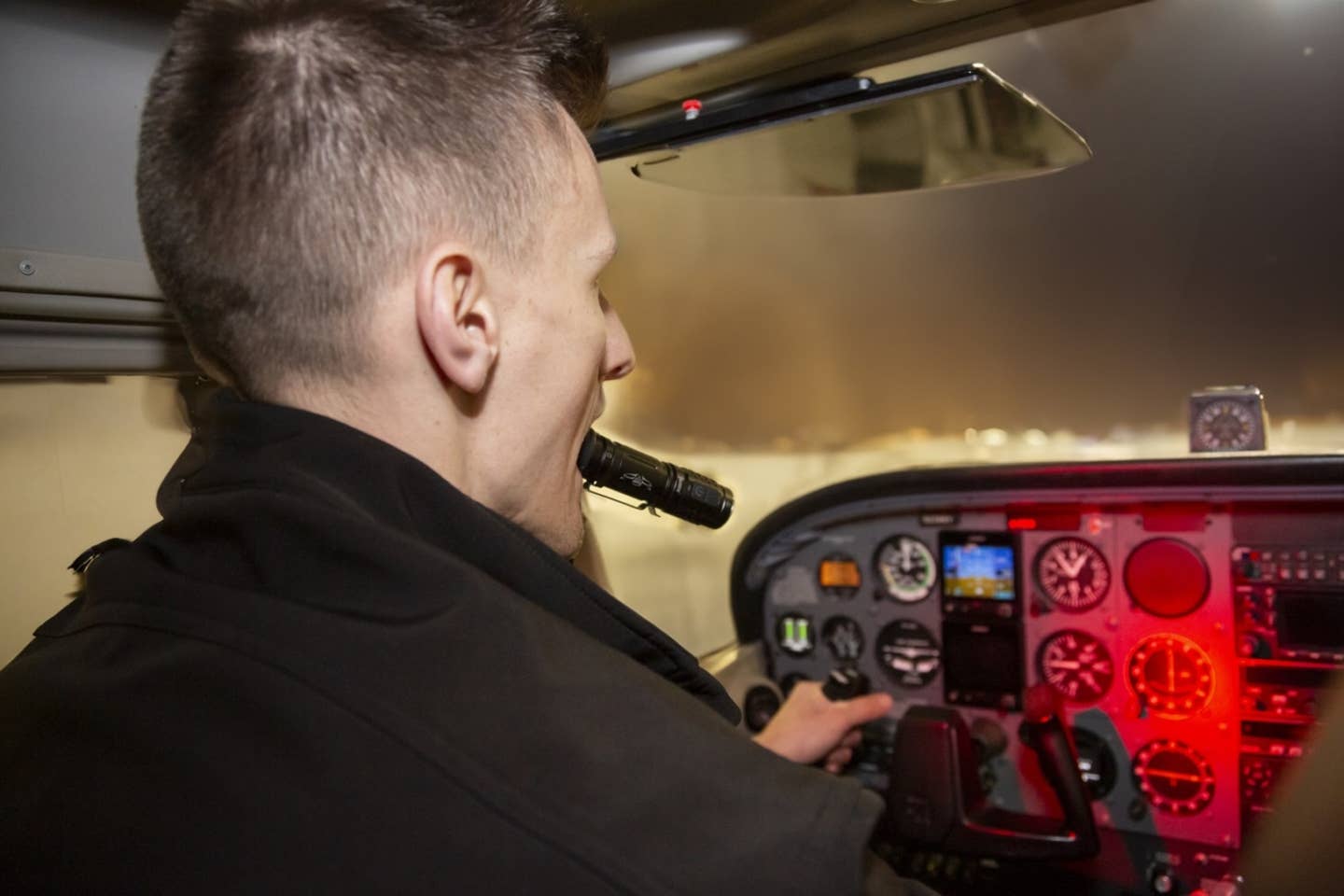
The Bite Light was designed to provide hands free illumination. [Courtesy: Sporty’s]
There are three things that begin with the letter “F” that make my weekends more fun: flying, field hockey, and flashlights, as in testing the latter for use in the aircraft. Over the weekend I had a chance to test two hands-free models courtesy of Flight Gear and Sporty's Pilot Shop.
It's always a good idea to have at least two flashlights in your flight kit—one with a white light for preflight inspections, the other with a lens tinted red, green, amber, or blue for use in the dark because these colors do not destroy night vision.
Even brief exposure to white light can zap your night vision, and it can take 30 minutes (or more) for your eyes to readjust to low light. That's an awfully long time to be flying blind, so choose cockpit light carefully. And since pilots tend to accidentally blind themselves when they reach for a flashlight—or their smartphone with the flashlight–in order to find the tinted flashlight they just dropped—use one designed to be clipped or strategically held to avoid that scenario.
The first design from Flight Gear to be tested was the Bite Light, which, as the name implies, is designed to be held in the pilot’s jaws to position the beam. There is a silicon ring on the base of the flashlight that provides a better grip and is more comfortable and less damaging to teeth than a metal flashlight. I must admit when I read this I had a flashback to the dumpster-diving scene in the 1978 movie Animal House, the John Landis-directed college parody movie that finds a member of the titular fraternity holding a flashlight in his teeth as he scours carbon copies of tests pulled from the trash looking for the psychology course midterm.
A Greener Flashlight
For those who hate the idea of the trash created by spent batteries, this flashlight can be recharged with a USB type-C rechargeable battery. As someone who probably could finance a type rating on what I have spent on batteries over the years, I have become increasingly appreciative of flashlights with the USB recharge feature.
Both Red and White Lights
The Bite Light boasts a bright white light to be used for preflight inspection and finding things dropped on the dark ramp. The button is labeled with a “W.” The white light’s intensity is controlled by how many times you press the button—three times creates maximum illumination; one more time turns it off.
Pressing the button with the power symbol and “red” underneath it activates the red light. One press activates the light, a second press brings it up to maximum intensity, and a third press turns it off.
The lights are independent of one another—you are either using red or white. Turning one color of light on automatically turns the other off.
The Bite Light is made of aviation-grade aluminum and, according to the manufacturer, can withstand drops. We inadvertently tested this twice from the top of a Cessna 172 wing and found the manufacturer assertion to be accurate. The flashlight is also supposed to be water resistant. It doesn’t weigh much, as it is light to the point that you wonder if it has a battery in it and are pleasantly surprised to find it does.
Flight Gear Universal Aviators Light
Headlamp flashlights allow you to focus the beam wherever you look. They are held in place with a headband or clip that attaches to your headset or ball cap. The Flight Gear Universal Aviator’s Light provides both options.
It features a dual rotating axis and clip to help secure it. It is light enough that you don't feel like you are wearing it even when employing the headband. It also clips to a kneeboard without unbalancing it.
Like the Bite Lite, it has both white and red lenses. The light is powered by two AAA batteries.
A single press of the “W” button will turn on the white light at max brightness. To dim the light, press the “W” button again within the first five seconds of turning on the light. This will bring the white light to medium intensity. Another press of the white button within five seconds will reduce the intensity of the light to low. Using low intensity will provide the maximum runtime on one set of batteries. While in the low setting, or after the level of light has been on for more than five seconds, the next press of the “W” button will turn it off.
The red lights are activated in the same fashion by pressing the “R3” button.
I liked the versatility of the Universal Aviator’s Light. I could wear it as a headband or attach it to my ball cap or collar for best position in the cockpit.
If you are a pilot who prefers a flashlight that can double as a blunt-force weapon, both of these are probably too little. You barely notice them in your pocket. Both flashlights feel as though they were designed for the space program, where weight saving is everything.
The Bite Light sells for $49.95, the Universal Aviators Light sells for $29.95.
Both are available from Sporty's Pilot Shop.

Sign-up for newsletters & special offers!
Get the latest FLYING stories & special offers delivered directly to your inbox

